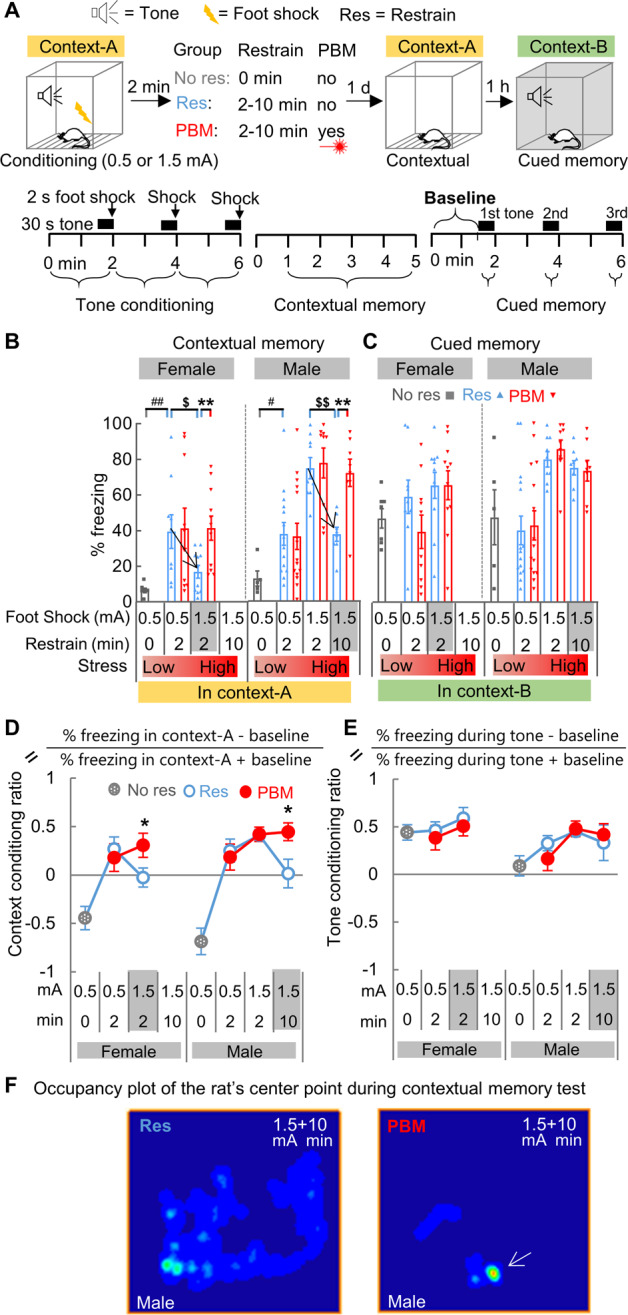Fig. 1. Contextual amnesia is prevented by applying PBM immediately after fear conditioning training.

A The behavioral test paradigm for contextual amnesia. B As stress intensity rises, the strength of contextual memory increases. Contextual memory was impaired after a turning point, indicated by a black arrowhead, from 0.5 + 2 (abbreviation of 0.5 mA foot shock followed by 2 min restraint) (Res, n = 9; PBM, n = 10) to 1.5 + 2 (Res & PBM, n = 11 each) for females ($P < 0.05, t-test, 0.5 mA vs. 1.5 mA) and from 1.5 + 2 (Res & PBM, n = 9 each) to 1.5 + 10 for males (Res & PBM, n = 8 each) ($$P < 0.01, t-test, 2 min vs. 10 min). PBM treatment prevented such memory impairment in both sexes (**P < 0.01, t-test, PBM vs. Res). A group of rats (Females, n = 7; Males, n = 5), named as No res-group, was fear-conditioned but did not receive restraint. #P < 0.05, ##P < 0.01, t-test, Res vs. No res. C Cued memory was not impaired and unaffected by PBM. D The context conditioning ratio was calculated for all groups with different stress levels. E The tone conditioning ratio. F Representative occupancy plot of the animal’s center point for males of Res-group and PBM-group during contextual memory testing at stress intensity 1.5 + 10. Compared with Res-group, rats in PBM-group exhibited a much shorter exploration track and higher freezing behavior (white arrow denotes a high-occupancy location), which indicates a preserved contextual memory after PBM treatment. Data are mean ± S.E.M.
